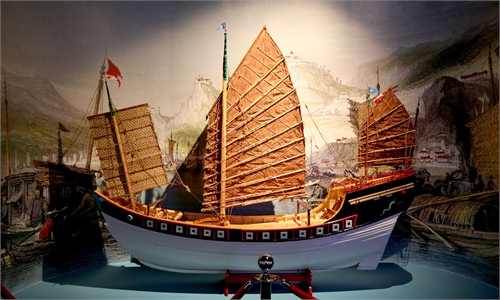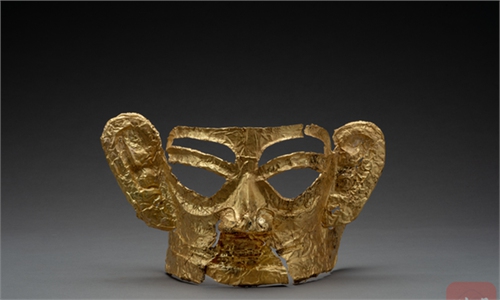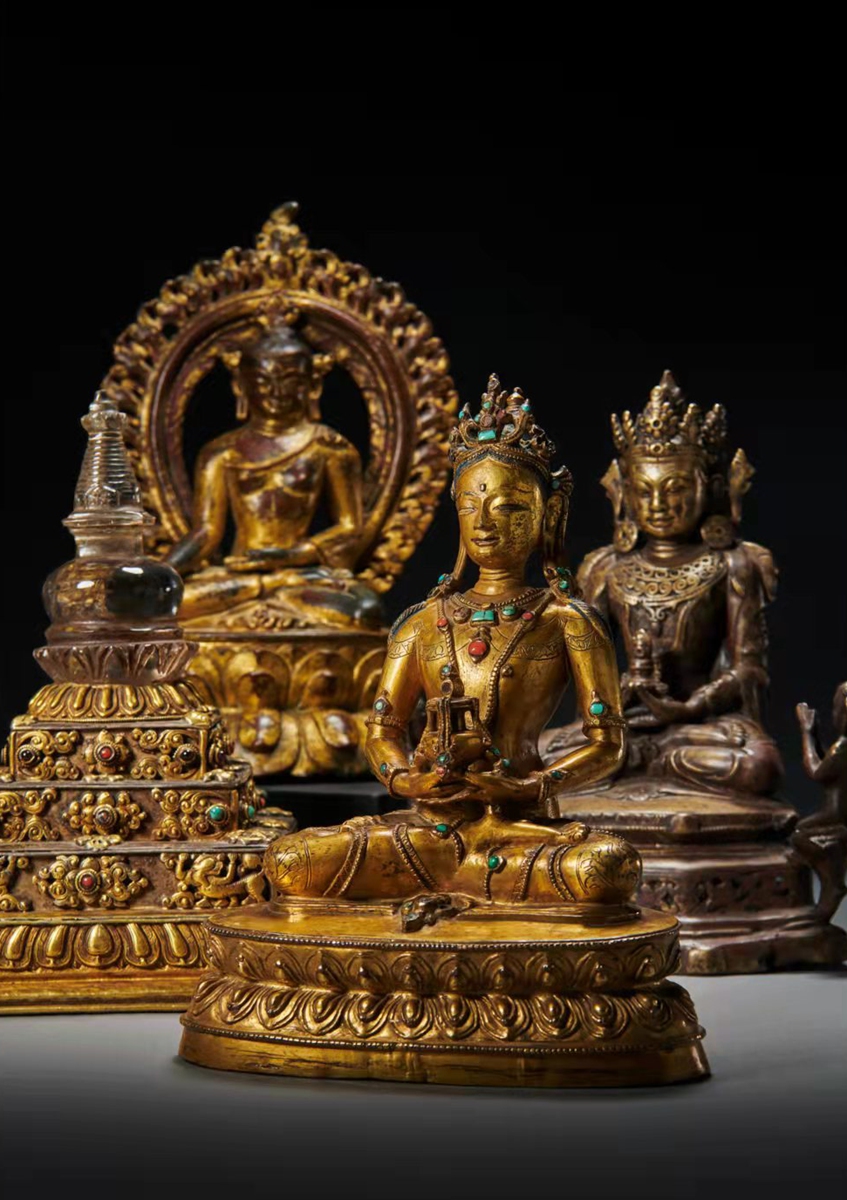
The relics retrieved from the US Photo: Courtesy of China's National Cultural Heritage Administration
China's National Cultural Heritage Administration on Sunday announced at a video conference that it would transfer 12 cultural relics and artworks retrieved from the US to the Tibet Museum in Southwest China's Tibet Autonomous Region.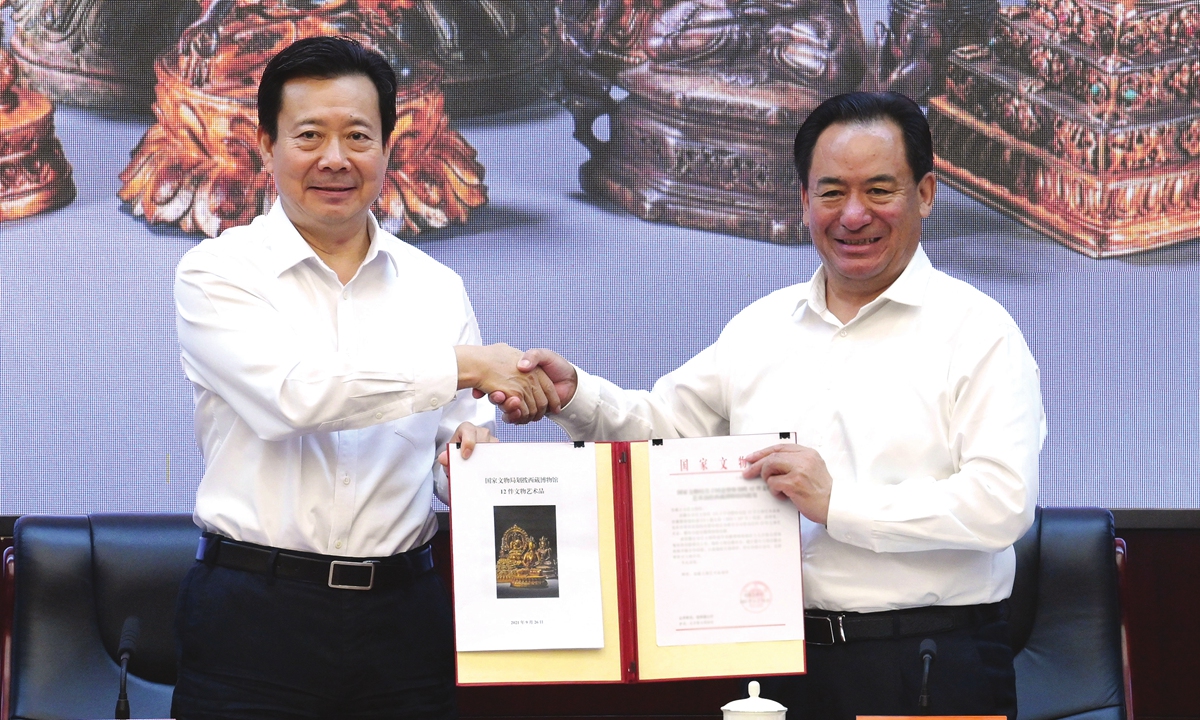
The relic handover ceremony at the National Cultural Heritage Administration to the Tibet Autonomous Region Photo: Courtesy of China's National Cultural Heritage Administration
According to Chinese experts, the 12 artifacts date to the Ming (1368-1644) and Qing (1644-1911) dynasties. The precious cultural relics include five gold and bronze Buddha statues and one gilded bronze crystal tower made with excellent craftsmanship.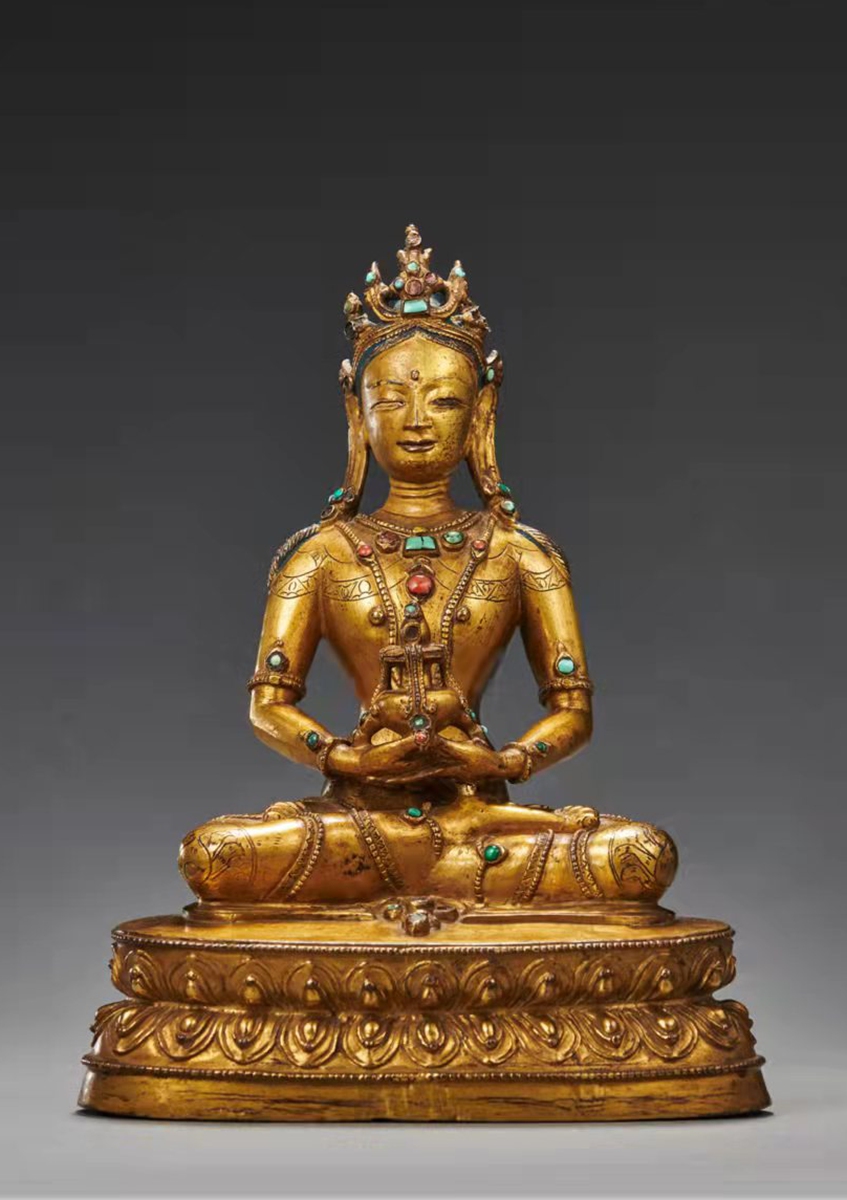
Photo: China's National Cultural Heritage Administration
In particular, a brass statue of the Buddha created around the end of the Ming or the early Qing shows a prominent ethnic Han-Tibetan combined style. Its hexagonal pedestal is mostly seen in Han-Tibetan style Thangka - Tibetan paintings on silk - and murals but is a relatively rare sight for a bronze statue.
The new exhibition will open soon in the Tibet Museum, the largest comprehensive museum in Tibet. In order to support the protection and utilization of cultural relics in the region, China's National Cultural Heritage Administration has decided to transfer the batch of 12 cultural relics and artworks to the Tibet Museum together and display them during the opening of the museum's new exhibition.
According to China's National Cultural Heritage Administration, information was received back in March that a batch of suspected Chinese cultural relics and artworks had been seized by the Manhattan District Attorney's Office in the US. The pieces were later confirmed to have been illegally smuggled Chinese relics. On April 15, the administration issued a repatriation notice to the US which later agreed to return the relics. On July 16, the 12 cultural relics and artworks safely arrived in Beijing.
As both China and the US are signatories of UNESCO's Convention on the Means of Prohibiting and Preventing the Illicit Import, Export and Transfer of Ownership of Cultural Property, the US returned multiple batches of cultural relics to China in March 2011, December 2015, and February 2019. This is another example of successful cooperation between the two countries.
Huo Zhengxin, a law professor at the China University of Political Science and Law, told the Global Times on Monday that the successful cooperation in cultural relic repatriation between China and the US is mainly due to a MOU that both countries signed in 2009.
The MOU detailed importing restrictions on classified archaeological materials from the Paleolithic Age to the end of the Tang Dynasty (618-907), and monuments, sculptures and murals that are over 250 years old.
"The protection of cultural relics is currently the most stable and least affected area in the tense relationship between China and the US," Huo noted.
"China and the US, as the world largest countries in trading of cultural relics, should take responsibility in protecting the treasures of humanity and cooperate more in the future," Huo said, suggesting that the two countries should take measures to prevent the smuggling of cultural relics in Afghanistan.
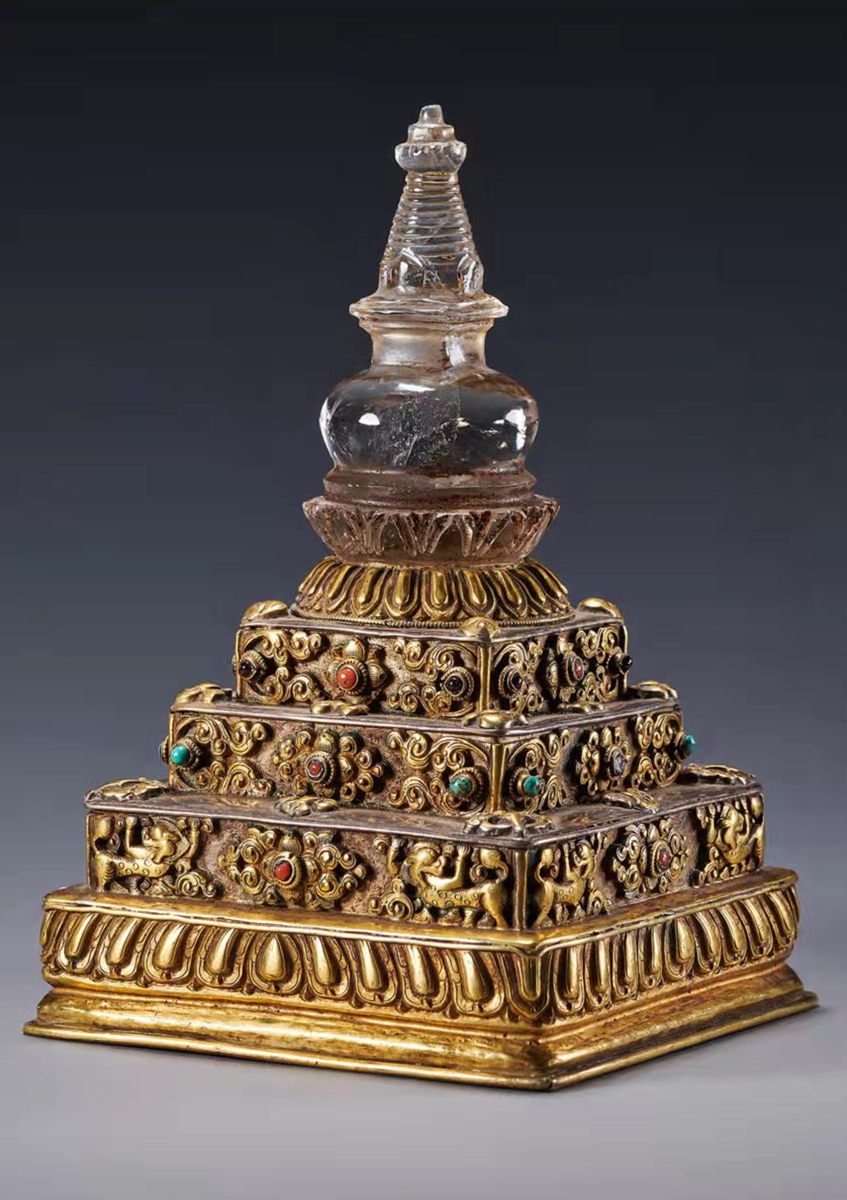
Photo: China's National Cultural Heritage Administration


